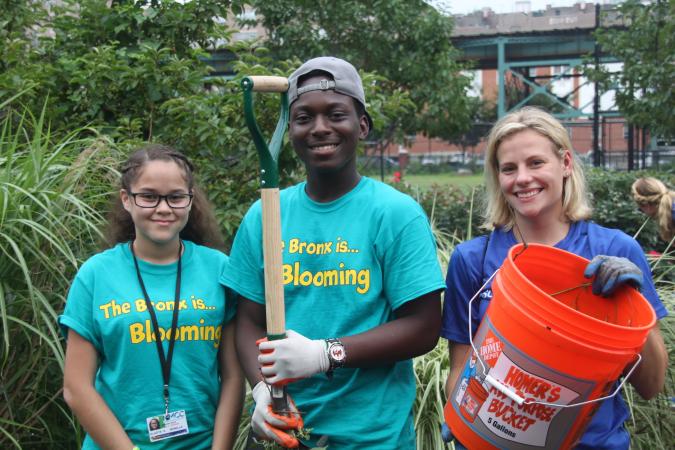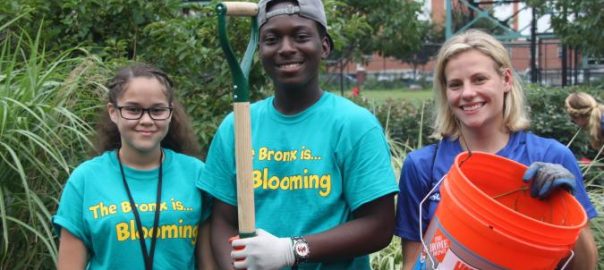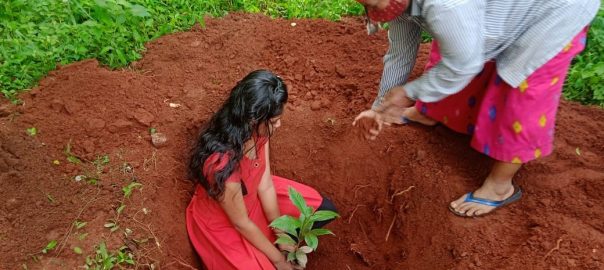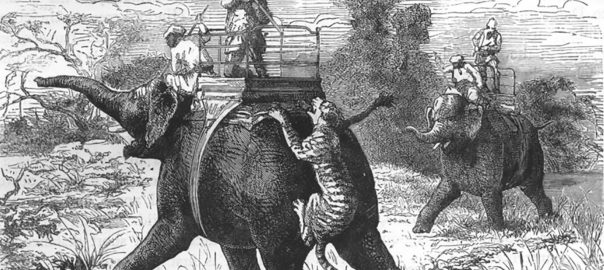A review of the book Palaces for the People: How Social Infrastructure Can Help Fight Inequality, Polarization, and the Decline of Civic Life, by Eric Klinenberg. 2018. 290 pages. Random House. Buy the book.
In Eric Klinenberg’s 2018 book, Palaces for the People, he argues that investing in social infrastructure (the assets that shape our social interactions) is investing in healthier, safer, more equitable, and less polarized communities. It is an appealing promise, especially in today’s reality of increased social isolation—a topic which Klinenberg, the director of NYU’s Institute for Public Knowledge, has researched extensively. The book is full of beautiful stories of human connection and examples of how improving public spaces has benefitted communities socially and economically. The solution presented, to treat social infrastructure with equal import as physical infrastructure, is straightforward and hard to dispute. The why of social infrastructure is argued clearly and strongly. Where the book falls short is in the how. With limited public resources and some of our leaders more interested in building border walls that divide us (what Klinenberg calls “antisocial infrastructure”), it is often up to the civic realm to build and foster social infrastructure.

Klinenberg also dedicates space in the book to discuss how investing in shared spaces can improve public safety. He dissects the popular, but disputed, “broken windows” theory and how it has shaped policing, and uses multiple examples to demonstrate that investing in social infrastructure like green spaces and community gardens has more benefits than many traditional crime prevention programs. Rather than thinking about how lack of maintenance of shared spaces leads to crime, he asserts that if residents feel a sense of ownership of their community, they are more likely to invest their own time and energy in maintaining it. These spaces will then be frequented by community members, leading to more of what Jane Jacobs calls “eyes on the street”, increasing accountability and therefore decreasing crime. Klinenberg draws on examples such as the Pruitt-Igoe public housing failure and research from the University of Philadelphia and the Philadelphia Horticultural Society on greening vacant lots to show how these programs and policies impact people on the individual, family, and neighborhood level. He also draws a line connecting green space and public health, pushing community gardens and walkable streets as solutions, and criticizing alternative efforts like replacing corner stores (key social infrastructure in many neighborhoods) with “bodega” machines. Finally, he presents the crucial role of social infrastructure in disaster response and recovery, looking primarily at a church in Houston which organized post-Hurricane Harvey to provide members and non-members alike with housing, food, baby supplies, and other necessities. At times, Palaces for the Peoplereads as though Klinenberg is simply listing hot-button societal challenges and presenting social infrastructure as the solution. But the end result is the realization that improving social infrastructure is in fact a key ingredient in addressing any issue. If nothing else, improving the spaces where we gather and encouraging more social interaction and civic engagement can’t hurt.
The question that remains at the end of the book is what we can do to support the building and improving of social infrastructure. Currently, investing in failing physical infrastructure is one of the only things that politicians on both ends of the spectrum agree on, but getting leaders on the right excited about investing in public resources and social services is a longshot. We can and should be pushing our local elected officials to recognize the importance of social infrastructure—many already do—but we cannot expect the government alone to turn around the trajectory of our declining social infrastructure. Nor can we expect the private sector to solve everything. Although many tech companies claim to be looking into tools for building social capital, online platforms cannot replace face-to-face interactions. Further, as Klinenberg notes, many of these companies are themselves guilty of building private infrastructure like fancy campuses for employees-only that cut across communities and enforce existing divisions.

The only way forward, I contend, is to take it upon ourselves to improve our public spaces and prioritize forming connections with our neighbors and community members. Recognizing the local environment as a shared resource and taking care of it is a powerful act, and a way of connecting to the community and even the entire city. Author Jami Attenberg recently wrote for Curbed, about her move from New York City to New Orleans, and the social connection and accountability she felt living in a smaller city. She writes, “My awareness of public issues has increased exponentially because they impact me and my neighbors on a day-to-day basis. Local politics is everything here…I try to participate in this community as best I can, whether through contributing time or money. I even clean the catch basin on my street before it rains. The smallest of gestures reverberates in a city this size”. Of course it is possible to find this kind of concentrated care in larger cities as well—even New York City has hyper local governing bodies like community gardens and block associations—but their work is often hard to see if you don’t go looking. Klinenberg does indeed recognize civic engagement as a key form of social infrastructure, noting that civic groups “provide physical places where people can assemble, programs that bring people together on a regular basis, and local leaders who become advocates for the community” (p. 163). What he fails to mention is that when civic groups make it a part of their mission to improve their local environment, thereby improving social infrastructure, the effect is doubly impactful.
In New York City alone, there are over 800 civic groups actively caring for the local environment. Half of these groups are informal, operating without nonprofit status, and many are entirely volunteer-run with no budget at all. The work of these civic stewardship groups often goes unrecognized, but it is nonetheless important. When a group of neighbors get together to clean and mulch the tree-pits on their street, or to advocate for turning a vacant lot into a community garden, they are both improving social infrastructure and reaping the benefits of it.


These groups also play a key role filling in the gaps of government support. Recently, in the longest government shutdown in US history, civic groups are stepped in to clean National Parks and maintain other shared resources that normally rely on federal labor. Civic environmental stewardship groups provide space for people to get to know one another and beautify their community in the process, creating a sense of social connection and a feeling of ownership and place attachment. Klinenberg lays out a strong argument for the importance of social infrastructure, but does not presently address who is responsible for creating and maintaining these resources. It is one thing to focus on the physical places that make up social infrastructure, but it is perhaps even more critical to understand, visualize, and support the social organizations that care for these places. By recognizing the important work of existing stewardship groups and encouraging others to emulate their efforts, we can take the matter of building social infrastructure into our own hands and create the places where we want to live.
Laura Landau
New York
Buy it at your local bookstore. But if you but it online, click below and TNOC will get a small donation.











Add a Comment
Join our conversation